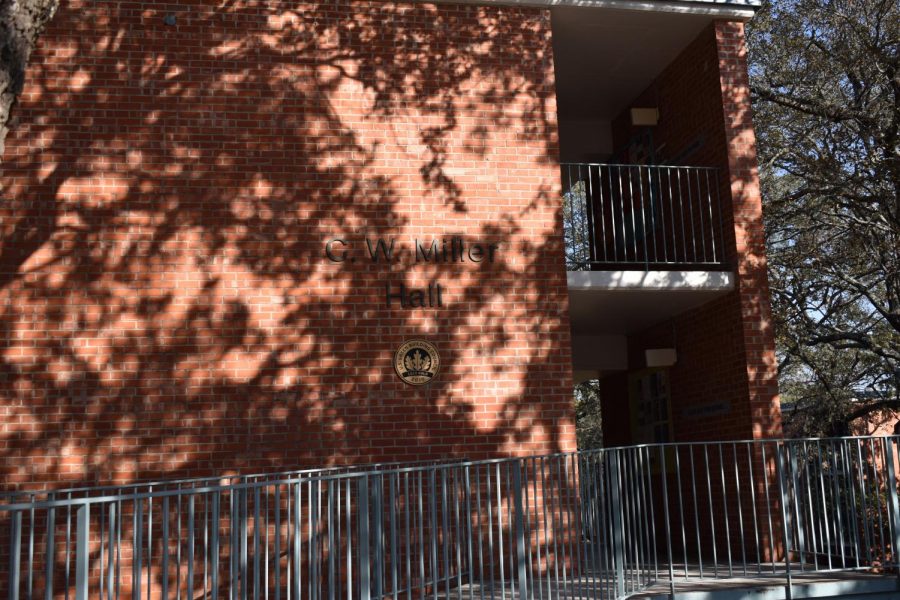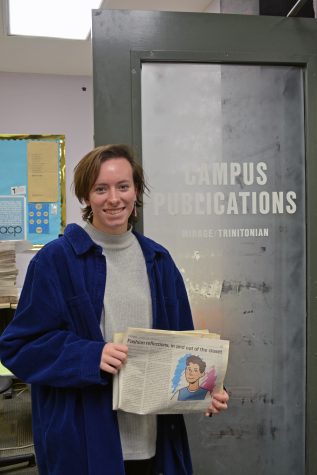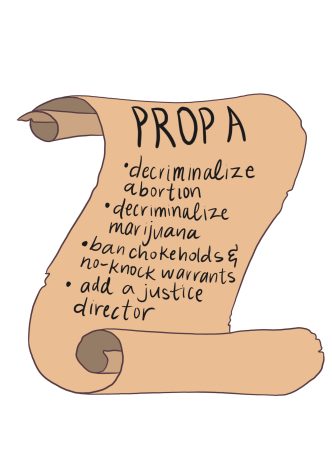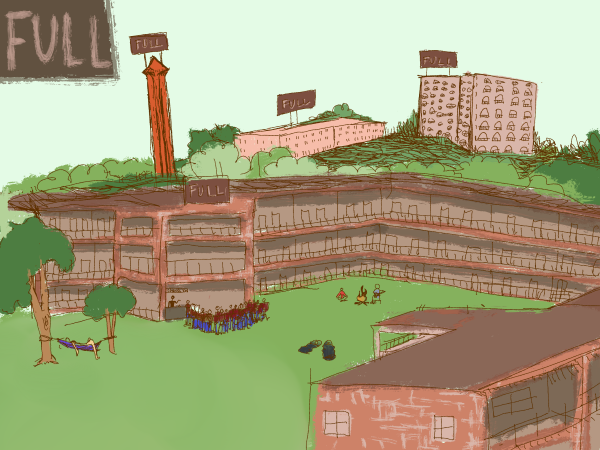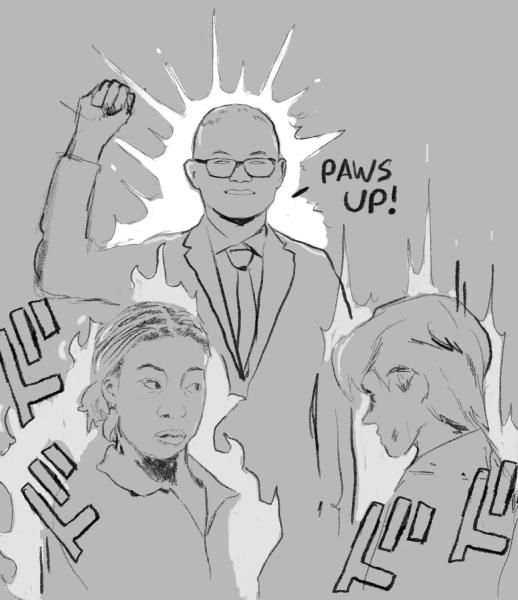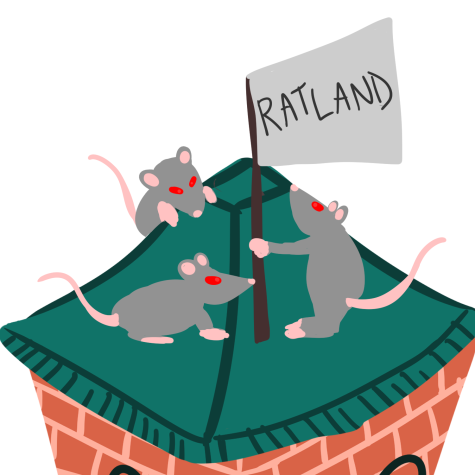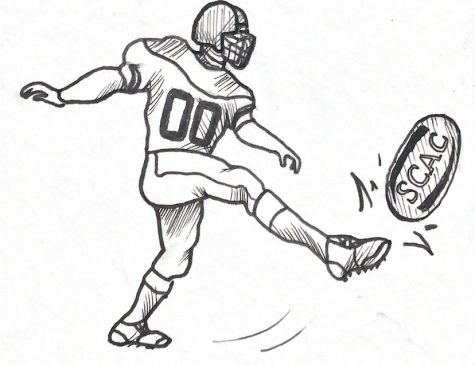Trinity community perseveres in the face of winter storm
Students, faculty and staff adapt to storm that left many without power, water
Freshman Dorm Miller
On Feb. 12, Tess-Coody Anders, vice president for Strategic Communications and Marketing, sent out an email to residents warning them about the upcoming Winter Storm Shirley and informing them that upper campus would close for several days. On Feb. 14, Trinity students were delighted to see the amount of snowfall for San Antonio. By Feb. 18, though, students were walking to upper campus over snow and ice to get to the Center for the Sciences and Innovation (CSI), one of the very few places on campus where you could flush a toilet.
Winter Storm Shirley left Texas in rough shape, and Trinity University was no exception (though, luckily, residents did not have to deal with the massive power outages that affected people in many areas). Students, faculty and staff had to adapt to yet another historic crisis.
“I think the thing for me that made it so much more challenging is that you’ve already been in crisis mode for so long,” Coody-Anders said. “All the people involved in this crisis, the weather crisis, have already been dipping into those personal, professional wells for so long, and now we’re asking people to go even further.”
The situation was unexpected so it was difficult to be prepared. First-year Yonnell Esprit said, “I honestly didn’t think it was going to be this bad. I thought that it probably would just like snow overnight and probably the day afterwards. And after that everything would go back to normal.”
At first, many students were excited for the snow. First-year Danae Barkocy noted, “The first thing I remember is the first night when everything started, there being this mass exodus of people out into the parking lot in front of McLean to like play in the snow. Because, of course, it doesn’t snow in San Antonio, so that was like a big deal for all of us.”
The fun, however, did not last. Barkocy continued, “We went up to super far upper campus where the hill is in front of City Vista, and we were out there with cookie sheets sledding down the giant hill there. And then all of a sudden we started to hear sirens go off, and we turned around and there was a bunch of water leaking out of like the third story of City Vista, buzzers going off and stuff. So like that was when we kind of first realized like, oh, this winter storm is gonna be damaging.”
Difficult as the situation was, students persevered. “It was weird because, I don’t know, I just didn’t expect it,” said first-year Kirstiene Victoriano. “I was lucky. I only lost water for a few days, like, maybe two days. And then I had to boil it as long as they said we did, but honestly, I don’t have much to tell you because we got really lucky on campus.”
First-year Aubrey Featherston, who had to deal with her own challenges off campus in Austin, commented on how accommodating her professors were during this time. “They were very understanding, easy to reach out to. They were already like ‘Okay, here’s where we’re moving. Don’t worry about this, it’s all good. Just keep me updated.’”
Residential Life got ahead of the crisis and maintained communication with the residents throughout the week. Said Coody-Anders, “They were incredible at thinking quickly about how to escalate issues to the right people, and at the same time reassure and communicate calmly to the residents. And I think their transparency and the constant communication were great examples of how to manage through a crisis.”
Facilities worked around the clock and came up with creative solutions to the issues with running water being experienced all over campus. “Never in my wildest dreams would have figured that the San Antonio water system would fail to deliver water across the city. I mean it’s- it just never happens in a natural disaster, and that was the case this time,” said Jim Baker, senior director of Facilities Services.
They made sure the CSI would be available for bathroom services. Said Baker, “We collect all the condensate water from the air conditioners at CSI, and we have six 1000 gallon tanks in the basement. So we store that water and then we treat it with ozone, and we repressurize it. And that’s how we had water to flush. So I had 6000 gallons, so figure gallon a flush. 6000 flushes, there was 1000 kids on campus so I had enough for everybody to go five times, and in three days that probably should have been sufficient.”
And of course, the staff at Mabee Dining Hall went above and beyond to provide dining services for those living on campus, with many staying overnight. In response to this, InterVarsity, the class of 2024 and TU parents raised $2700. First-year Katie Hoang, who coordinated these donations, said, “Once Trinity InterVarsity got word about nine staff members staying overnight, we jumped at the chance to give back. We were shocked to see the exponential climb of funding within just three days. Though the number of overnight staff went from nine to 22, each member was able to receive a gift bag containing a $120 HEB gift card, a personal thank you note, and encouraging letters written by the Trinity community.”
The community is still feeling the effects of the storm on campus. According to Coody-Anders, “People came into contact with each other who maybe normally wouldn’t, and conditions were not favorable for following the ProtecTU guidelines. And so a lot of what we see in the spike this week is directly linkable to those activities. So, because those conditions don’t continue to exist, it’s less about us doing something like shutting down access to campus for off-campus students or dialing back in-person activities. What we can do right now is really step up our testing and tracing so we can isolate the virus where there have been exposures.”
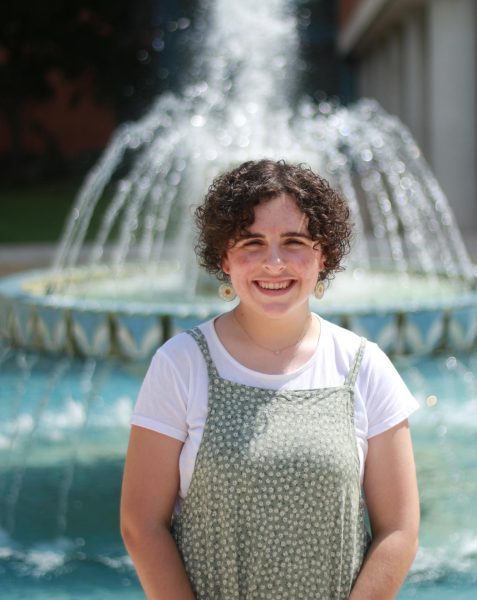
Hello! My name is Sarah, and I'm a senior from Nashville, TN majoring in communication and Spanish with a minor in history. I've been with the Trinitonian...

My name is Claire Sammons and I am an Anthropology and Communications double major. I have worked for the Trinitonian since fall of 2020. I became a photographer...

